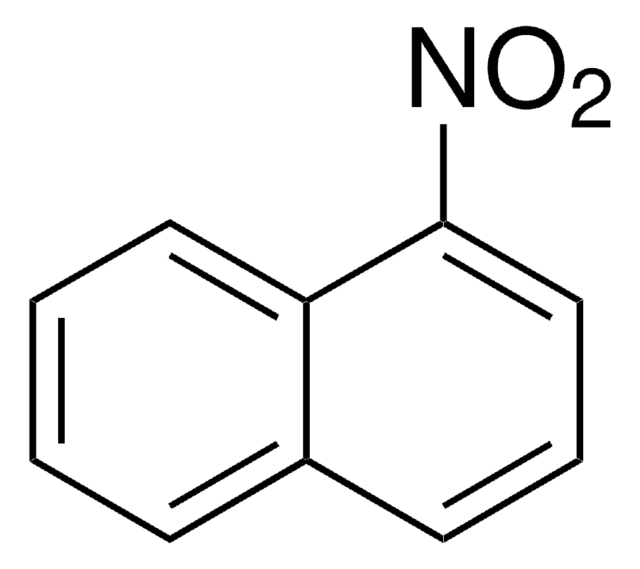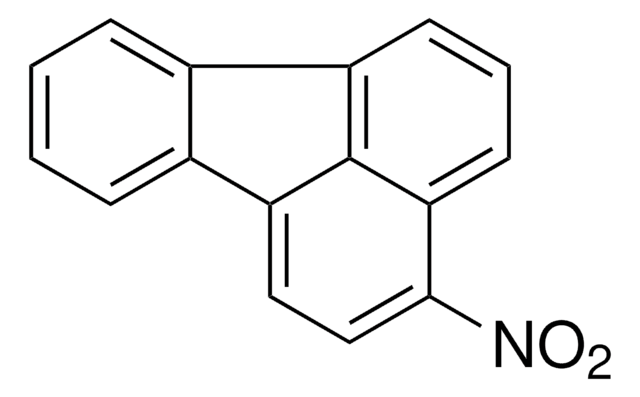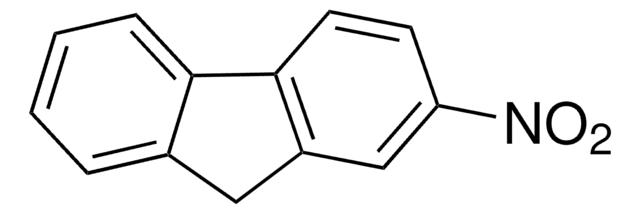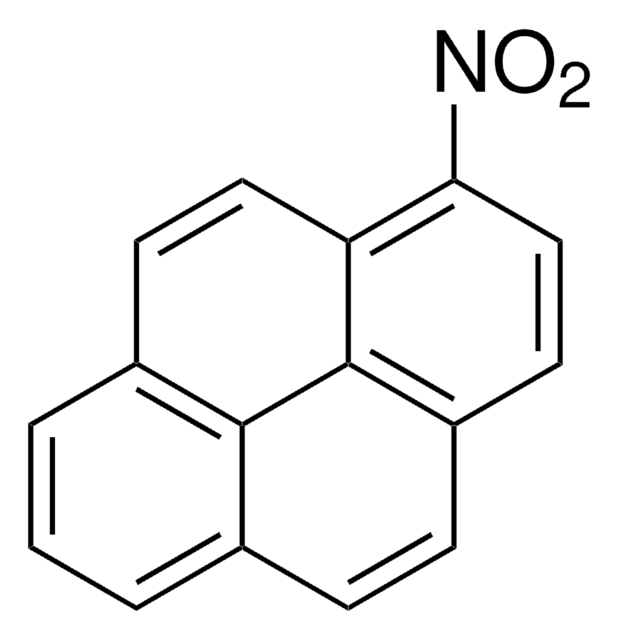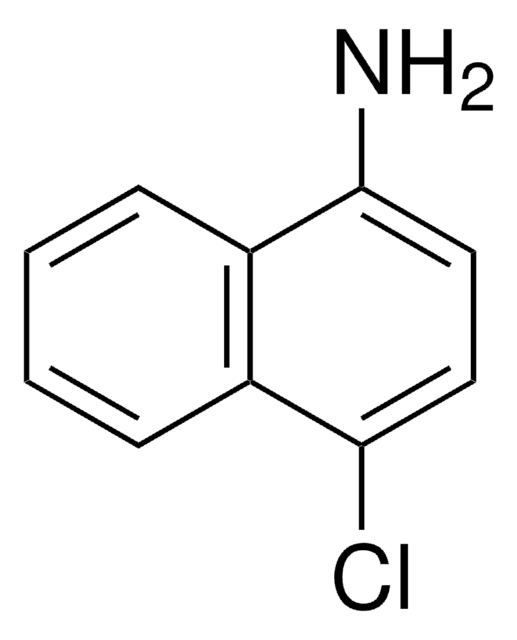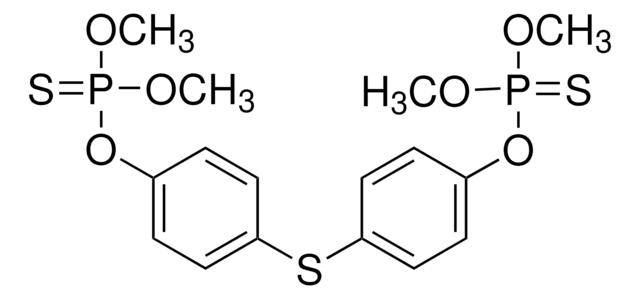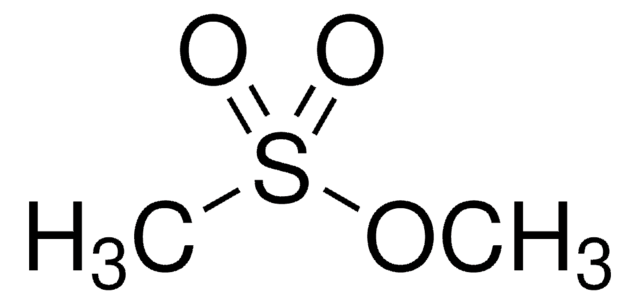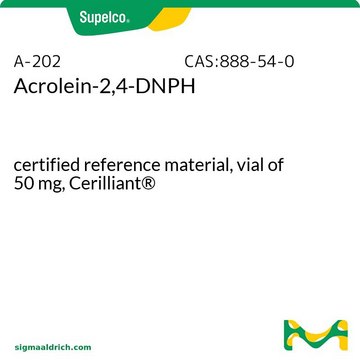おすすめの製品
グレード
certified reference material
認証
BCR®
メーカー/製品名
JRC
テクニック
HPLC: suitable
gas chromatography (GC): suitable
bp
304 °C (lit.)
mp
53-57 °C (lit.)
密度
1.223 g/mL at 25 °C (lit.)
フォーマット
neat
保管温度
2-8°C
SMILES記法
[O-][N+](=O)c1cccc2ccccc12
InChI
1S/C10H7NO2/c12-11(13)10-7-3-5-8-4-1-2-6-9(8)10/h1-7H
InChI Key
RJKGJBPXVHTNJL-UHFFFAOYSA-N
類似した製品をお探しですか? 訪問 製品比較ガイド
詳細
アナリシスノート
BCR306
法的情報
シグナルワード
Warning
危険有害性情報
危険有害性の分類
Acute Tox. 4 Oral - Aquatic Chronic 2 - Flam. Sol. 2
保管分類コード
4.1B - Flammable solid hazardous materials
WGK
WGK 2
引火点(°F)
Not applicable
引火点(℃)
Not applicable
個人用保護具 (PPE)
Eyeshields, Faceshields, Gloves, type P3 (EN 143) respirator cartridges
適用法令
試験研究用途を考慮した関連法令を主に挙げております。化学物質以外については、一部の情報のみ提供しています。 製品を安全かつ合法的に使用することは、使用者の義務です。最新情報により修正される場合があります。WEBの反映には時間を要することがあるため、適宜SDSをご参照ください。
消防法
第5類:自己反応性物質
ニトロ化合物
危険等級I
第一種自己反応性物質
Jan Code
BCR306-VAR:
BCR306-BULK:
BCR306-10MG:
最新バージョンのいずれかを選択してください:
ライフサイエンス、有機合成、材料科学、クロマトグラフィー、分析など、あらゆる分野の研究に経験のあるメンバーがおります。.
製品に関するお問い合わせはこちら(テクニカルサービス)